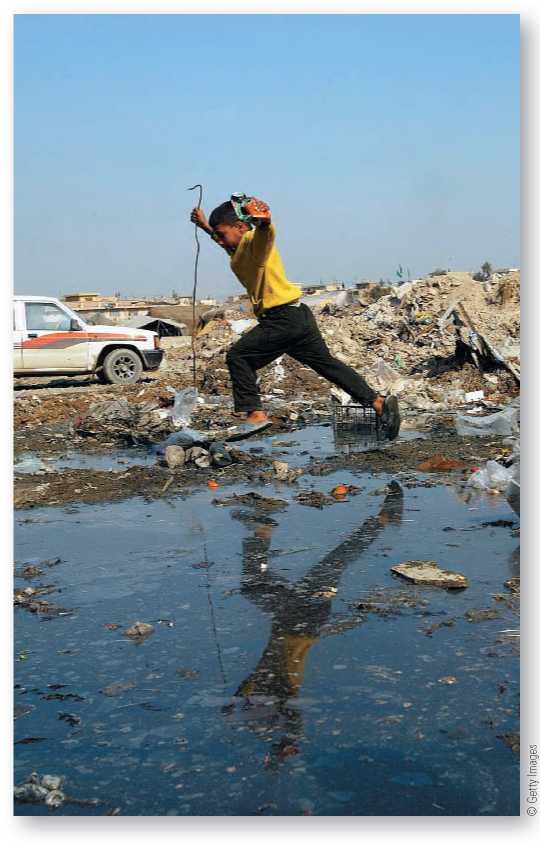When and Where Did the World’s First Cities Develop?
Cities are urban settlements with well-defined centers and populations that are large, dense, and diversified both economically and socially. They are characteristic of civilizations that developed independently in Eurasia, Africa, and the Americas. Between 4,500 and 6,000 years ago, cities began to develop in China, the Indus and Nile Valleys, Mesopotamia, Mesoamerica, and the central Andes. The world’s oldest cities were those of Mesopotamia, but one of the largest was located in Mesoamerica.
Why Did Cities Develop into Civilizations?
Ancient cities developed into what anthropologists call civilizations: societies in which large numbers of people live in cities, are socially stratified, and are governed by centrally organized political systems called states. A number of theories have been proposed to explain why civilizations developed. For example, population growth led to competition for space and scarce resources. This competition favored the development of centralized authority to control resources and, incidentally, organized warfare. Some civilizations, though, appear to have developed as a result of unifying beliefs and values. In some cases, the self-promoting actions of powerful individuals may have played a role. Thus it may be that civilizations arose in different places for different reasons.
A walk down a busy street of a city such as New York or San Francisco brings us into contact with numerous activities essential to life in North American society. Sidewalks are crowded with people going to and from offices and stores. Heavy traffic of cars, buses, and trucks periodically comes to a standstill. A brief two-block stretch may contain a grocery store; sidewalk vendors; shops selling clothing, appliances, or books; a restaurant; a newsstand; a gas station; and a movie theater. Other features such as a museum, a police station, a school, a hospital, or a church distinguish some neighborhoods.
Each of these services or places of business is dependent on others from outside this two-block radius. A butcher shop, for instance, depends on slaughterhouses and beef ranches. A clothing store could not exist without designers, farmers who produce cotton and wool, and workers who manufacture synthetic fibers. Restaurants rely on refrigerated trucking and vegetable and dairy farmers. Hospitals need insurance companies, pharmaceutical companies, and medical equipment industries. All institutions, finally, depend on the public utilities— the telephone, gas, water, and electric companies. Although interdependence is not immediately apparent to the passerby, it is an important aspect of modern cities.
The interdependence of goods and services in a big city makes a variety of products readily available. But interdependence also creates vulnerability. If strikes, bad weather, or acts of violence cause one service to stop functioning, other services can deteriorate.
At the same time, cities are resilient in their response to stresses. When one service breaks down, others take over its functions. During a long newspaper strike in New York City in the 1960s, for example, several new magazines were launched, and television networks expanded their coverage of news and events. This phenomenon resembles the flourishing of reality television programs in the United States that took place during the 2007-2008 Hollywood writers’ strike.
In many parts of the world the violence of war has caused extensive damage to basic infrastructure, leading to the development of alternative systems to cope with everything from procuring food to communicating within global political systems. The same is true for people coping with the aftermath of a natural disaster such as Hurricane Katrina in 2005 or the massive tsunami that hit the Pacific in 2004. With the interconnectedness of modern life due to the Internet and globalization, the interdependence of goods and services transcends far beyond city limits.
On the surface, city life seems so orderly that we take it for granted; but a moment’s reflection reminds us that
Civilization In anthropology, a type of society marked by the presence of cities, social classes, and the state.

Since the American invasion in 2003, bombing and pillaging have damaged the infrastructure of Baghdad. Four days of heavy rain led to a collapse of the city's sewage system, which flooded the streets with contaminated water. Makeshift bridges were constructed and alternate routes were created to help people avoid waterborne disease.
The intricate fabric of city life did not always exist, and the concentrated availability of diverse goods is a very recent development in human history.




 World History
World History









